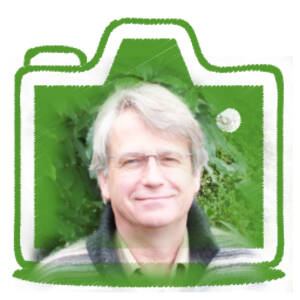Mud pie
We're trying to figure out what to plant in this mud.
At first glance you may have thought that you were looking at a catchment landscape? Actually the photo is of a small section of a “mud flat” in an estuary - the “mountains” tower about 8 cm above lakes and rivers (actually puddles) at this lower stage of the tidal cycle. In the distance is one of the main channels (only 20 cm deep) that flood and drain the estuary every 12 hours. At high tide this area is covered in seawater.
Fiona is the wonderful woman I share my morning newspaper with! We are one of 16 families that co-own 38 hectares of communal land at Tūmai Beach farm park, 45 km north of Dunedin, New Zealand. Fiona and I have become somewhat obsessed by ecological restoration of the former sheep and beef farm at Tūmai, so you may be bombarded with round-the-season Blips about the joys and sorrows of this retirement project.
Here’s the back ground: A condition of granting resource consent to create the Tūmai Beach farm park in 2009 was that tidal flows must be reinstated in the South Arm estuary of Te Hakapupu (Pleasant River) which flanks our farm park. A causeway had been constructed in the 1950s so that South Arm could be drained and turned into rough pasture – effectively annexing 28 hectares of publically owned natural ecosystem for low-grade grazing pasture for the benefit of a local farmer. Thankfully these sorts of past mistakes are gradually being reversed in Aotearoa New Zealand as our society wakes up to the fact that we have destroyed most of our coastal saltmarshes which otherwise would help cleanse the water, bind sediments and provide valuable habitat for native insects, fish and birds.
In the 12 years since removal of the Tūmai causeway, tidal flows have naturally increased and saltmarsh species are gradually reclaiming the area. Wheel ruts from tractors remain in places and there are some large open areas of soft sediment that have not yet been colonised by estuary-margin plants. Jointed wire-rush (‘Oioi’ to Māori, Apodasmia similis to botanists) is conspicuous by its absence in the area. It was probably driven extinct by the 60 years of grass sowing and stocking. It spreads slowly and there are no local seed sources to kick-start reinstatement of the rushes. Therefore the Tūmai community has teamed up with the ‘kaitiaki’ (Māori environmental guardians) to plant 2,300 oioi in South Arm next month. The dilemma is that there is little published information on its ecological requirements, the best places to plant, and how widely they should be spaced. We tend to see an estuary as a flat landscape, but for the plants and animals living there, the undulations and distance out from the edge to the main channels are potentially crucial for survival – it’s partly about water levels and inundation periods. So we have spent much of the last week ringing around ecological managers and volunteers and activating online ecological restoration networks to gather together the fragmentary and dispersed knowledge and advice for what we should do at Te Hakapupu.
It will be an exhausting but ultimately very satisfying couple of days planting out these founders late in November – the mud is gloopy and you sink fast as soon as you stop walking - but there is nothing as satisfying as getting down and dirty to help heal even a small sliver of the planet.

Comments
Sign in or get an account to comment.


